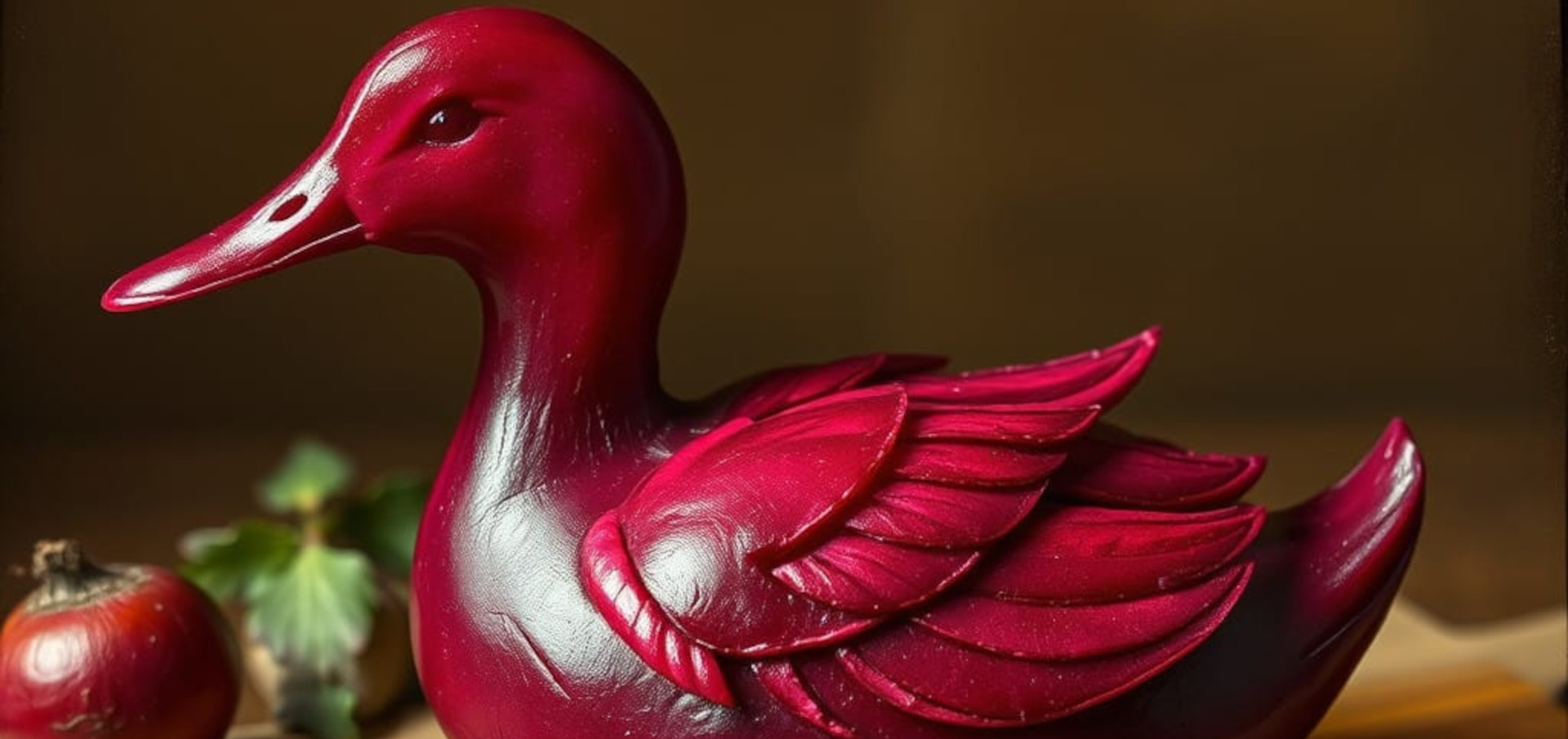The Beet Jam
The Phenomenon of Borscht
There are, relative to other parts of Tellus, very few farmers in Pax. The old growth forests, there, are too aggressive to sustain farmland without withering labor, and the forests seem to take being cleared as not only a direct threat, but a challenge.
Rather, most of the population gets their vegetables and fruit by purchasing it from a local vendor, who almost certainly grew it themselves; either in their own yard, or on a patch of already open land that the forest seemed to be ignoring for a while. It is not uncommon for a complete stranger to knock upon one's door, inquiring about one's rudabegas; or, far more often, about one's beets.
Borscht is a delicacy and taste commonly shared amongst Paxians to this very day. All of the best taverns serve it, most of them gratis if one purchases a drink. The basic recipe remains the same across the continent, although the delicate spicing profile can change quite drastically amongst geographic locations. The middle Kingdoms prefer a spicier borscht, with lots of flavorful black pepper, while the hearty frontiersfolk of the west add pork or mutton to their soup, to fortify it and add even more flavor. But throughout the entirety of it all, and at the root of it, lies Paxians love of beets.
The Beet Jam is a celebration of beets and all that they can be. It is observed in the late fall, after the final beet harvest of the year and before the rivers and streams ice over, over a period of two food-filled days. The smell of borscht cook-offs, and meat barbecues, fills the air anywhere one travels in Pax, during the last weeks of the month of Vader. Culminating in the Great Root Race, the festivals feature face painting and rock candy, sugar-beet pastries and cocktails, and hay rides with warmed mugs of borscht.
The Great Root Race
On the last day of the Beet Jam, people gather on the banks of the local rivers and streams, hands dyed red from carving beets into the rough shape of a duck. Each duck has an identifying mark, and when the officiator says "Go!", everyone throws their ducks into the water at the same time.
They follow the course of the beets as they drift down the river, for a half a mile, and whoever wins officiates at the next year's festival. The officiate, known as "the Beetmeister", is the default taste-tester and recipe checker, and generally has a year full of food and social engagement as they are invited to all of that year's weddings. They are also invited to taste new batches of ale and mead, being considered good luck by brewmeisters throughout Pax to do so.
History
This festival traces its roots back to the dire times post Impact, when the struggle for life was much harder than it has been recently. Many of the people in Pax survived because of beets, and because of waterfowl who managed to survive the fiery storms of hellfire after the asteroid crashed into Tellus.
Execution
Food and games, and a general atmosphere of fun thanksgiving, permeate the air everyone breathes this time of year. Beets are literally everywhere, and they are celebrated with the love and fervor of a grateful populace.
The officiate in each township first calls for the people to gather near the banks of a local river or stream, stands upon a box of beets, and gives a short speech to kick things off. Food competitions happen at lunch time, followed by a borscht tasting every night. This goes on over the course of two days, sometimes three, all of it culminating in the Great Root Race, and the festival afterwards with dancing, and music. People wear bells on their ankles and carry sparklers, adding to the general sensory overload of the early fall evenings, with the final act of the Beetmeister being to pass the ceremonial hat to the winner of the Great Root Race. In general, fun is had by all, and beet gardeners get a big bump in sales before the winter hits.
Components and tools
The only "components", or "tools" needed are the beetmeister's top hat, and bushels of beets! Any old hat will do in a pinch, and some of the poorer communities use only an approximation of a top hat, or a hat discarded by some noble and cleaned by the matron of a respected family.
Plates and serving dishes bearing etched or carved depictions of beet roots and beets in general, or carved beets ready for the Great Root Race, grace most tables. Woven place mats in autumn colors, featuring beets as the central theme, set the stage for the meals to be served over the two or three days of Beet Jam.
Participants
The Beetmeister reigns over the opening ceremony; the changing of the Beetmeister at the close of the Great Root Race is a big part of the festivities. The Beetmeister can be any gender, race, or social class...the only restriction is that one must be at least nine years old to lead the proceedings.
Observance
The Beet Jam is held after the last beet harvest, and before the first freeze-over of the year, in the late fall. It is very often held over slightly varying timeframes throughout the last few weeks of autumn, among the more rural communities. In the larger cities, it is held on the third weekend of Tophor every year.

Comments